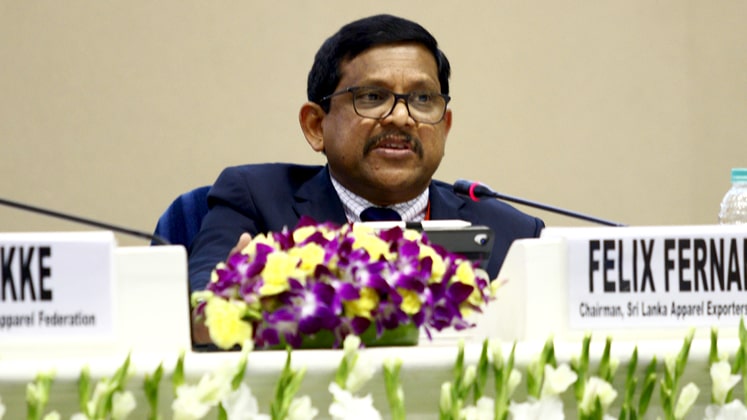The most crucial factor creating pressure on the Indian apparel industry today is profitability, and looking at the present complex conditions of the business scenario, the challenges are only going to increase. In the wake of this reality, the critical question is, how the Indian apparel industry can overcome the situation and increase its profitability.
The answer to this difficult question, as given by experts and stalwarts of the industry, have a similar approach and is not really new or unsaid. However, now it is high time, to execute these suggestions. Analysing views from experts of various profiles from within the industry, the three factors that came out very strongly are: maximum use of technology, scaling up of the operations and not missing out any of the aspects which are being demanded by the buyer.
As far as the use of technology is concerned, experts suggest that the apparel manufacturers have to take a holistic approach. For example, just using ERP is not enough, IT tools need to be used more effectively. The reality is that a majority of factories are still struggling for productivity at the shopfloor, apart from following routine traditional ways for product development like observing what is in the stores.

“Tools like advanced analytics (data mining, big data analytics and machine learning…) are the need of hour at every level. Rather than using traditional ways, merchandisers should know what the consumer is searching for on Instagram or other such platforms,” said Arvind Singhal, Chairman, Technopak.
Apparel manufacturers need to follow e-commerce giants closely, especially be it the use of technology or creating better market opportunities. Arvind added, “In the next few years, e-commerce and social media will jointly create demand that is across India not just in Tier-1, Tier-2 or Tier-3 cities. Push for the same will be from the consumer as well as from the seller side.”
Scaling up of operations is another area where factories should focus. And this understanding is being reiterated by buyers as well as industry-informed persons.
Rahul Mehta, President, CMAI (The Clothing Manufacturers Association of India) shared that when he asked exporters if they had invested in new machines or advanced technology, most of the exporters replied in the negative. “So how can they expect exports or their profitability to increase?” he argued. Regarding the domestic market, Rahul feels that it is growing reasonably well and Indian brands are comparatively doing better, compared to the international ones, in India. Being more and more organised is a way to increase profitability for domestic players, suggested Mehta.
Majority of apparel manufacturers even claim that long pending issues like labour laws, unavailability of fabric as per the international demand, lack of level playing field are still strongly prevalent because of which profitability becomes a far-fetched goal. Reacting sharply to this age-old mindset, Sanjay Jain, Chairman, CITI (Confederation of Indian Textile Industry) said, “Lets get out of the blame game mode and move to the introspection mode, look internally to identify what we can change rather than what needs to be changed externally. Serious thought on how industry can improve itself on productivity, efficiency and innovation is required…”
Speaking on behalf of the garment export community, Gautam Nair, MD, Matrix Clothing, Gurgaon is critical of the narrow approach to business that is generally taken by the garment exporters. He believes that bold steps like moving to newer manufacturing states and controlling waste in production process would go a long way in improving the situation. However, he does request the Government to negotiate for an FTA with Europe, which would be a landmark in Indian Apparel Exports. “In Europe, we have a real chance of grabbing more business because of our product development skills, and though the FTA with Japan has not proven to be of any major support in increasing business, an FTA with Europe could change the tide in India’s favour, as China slowly becomes uncompetitive,” concluded Nair.
“India has to step up as there are opportunities. There are issues like less availability of large-scale manufacturing factories and less versatility. It is right time for India to work in these directions.” – Tanuja Sinha Roy, South Asia Head, JCPenney
“Looking at globalisation, Indian factories should not ignore any point be it sustainability, speed to the market, innovation or smart manufacturing. There are few Indian factories following all such things and doing well too.” Mark Green, Executive VP, PVH Far East, HK
“Orders size and lead time, both are continuously decreasing and this trend will continue, be ready for that. Indian factories have a good option to focus more on their domestic market which is comparatively comfortable on both these fronts.” Felix Fernando, Chairman, Sri Lanka Apparel Exporters Association
“Versatile flexible apparel manufacturing practice is very much required in India. We, at Raymond, are capable to supply even one metre to any bulk size order one piece to volume order… The industry as a whole is lacking on this front,” SK Gupta, President – Corporate, Raymond Limited











